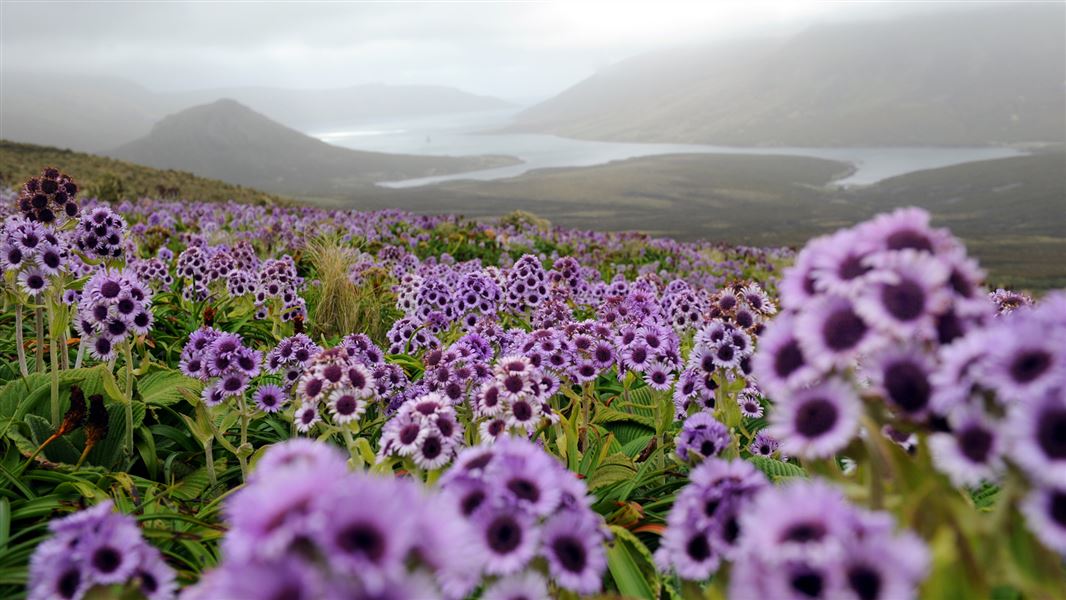Island groups and marine reserves: Antipodes Islands | Auckland Islands | Bounty Islands | Campbell Island | Snares Islands
The Subantarctic islands are:
- a world heritage site - 30 species of endemic birds
- a world leader in conservation action through eradication of pests
- an important location for biodiversity research
- the site of many shipwrecks
- a 2 day boat journey from Bluff.
You can visit the islands as part of a guided trip.
Entry to the islands requires an entry permit which is obtained through a consultation process with DOC. Permit applications are available from the Invercargill Office.
Get more information about visiting the subantarctic islands.
| DOC Customer Service Centre | |
|---|---|
| Phone | 0800 275 362 |
| invercargill@doc.govt.nz | |
| Address | DOC offices |
